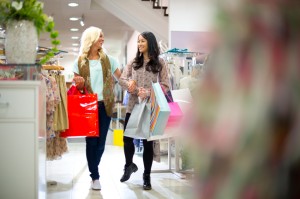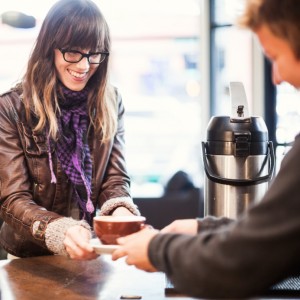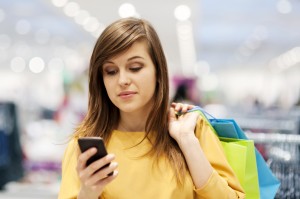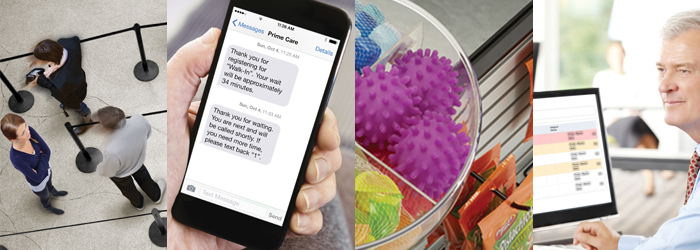Today’s brick-and-mortar stores can be criticized for certain aspects of the shopping experience that can easily be avoided by shopping online. Such criticisms include long waiting lines and wasted time, but many professionals will argue that brick-and-mortar stores have plenty of tools and strategies available to eliminate the negative aspects of the in-store experience and accentuate the positives.

One such strategy is capitalizing on the social benefits associated with the in-store shopping experience. Peter O’Toole, CEO of Retail Merchandising Services, wrote in RealBusiness about how for many shoppers, the shopping experience is more than just a task in which they seek products and purchase them; it’s a social experience, an opportunity to spend time with their friends and build relationships.
3 relationships commonly found at a brick-and-mortar store:

#1: Store owners and/or sales associates
How many times have you heard your friends talk about the relationships they’ve built with the local butcher, Starbucks barista, or produce specialist? These thriving relationships are driven by the customer’s desire to hear about the best and most reliable products and services directly from a trustworthy source.
#2: Opinion givers
Women who bring along their BFF to help them pick out a dress for a special occasion seek a second opinion from someone who’s not trying to sell them something. Not only are they seeking reliable advice, but it’s also a time to gain the social benefit of bonding with friends. (This is one reason you often see chairs and ottomans strategically placed outside dressing rooms at clothing retailers.)
#3: The waiting line “flirtation”
While not always a flirtation, conversing while waiting in line is an often welcomed distraction from the task of actually waiting. Some retailers are even developing strategies to facilitate these conversations in their queues. One such example includes utilizing digital displays that encourage waiting customers to answer questions, initiating a game of trivia. The friendly competition can get customers interacting, laughing, and learning while sneaking in some fun facts about products. While not every customer is friendly while waiting in line, you may be surprised by how many genuine conversations strike up by a simple acknowledgement of a common interest.
Social is now technological

Today, social interactions reach beyond the physical and are very much technologically-driven. We send messages, emails, Facebook posts, and Pinterest pins when we see something that reminds us of a friend or colleague.
How can brick-and-mortar retailers capitalize on this trend?
Remember how we discussed that second opinions matter to customers? Well, shoppers can instantly ask for ten opinions using their smart phones without having to drag each individual to the store. Clothing retailers have taken it a step further by implementing virtual changing rooms within mobile apps that allow shoppers to easily share ideas, get opinions, and form a buying decision on the spot. Add a virtual waiting line to the mix and you have provided the most convenient and expedited shopping experience for your customers. People are social beings. Letting consumers forgo in-store social interactions for the convenience of online shopping would be a mistake. Instead, retailers should capitalize on their consumers’ desires to interact with people face-to-face as well as virtually. An integrated social experience makes the entire shopping process more enjoyable, inherently streamlined and easier on the customer.













